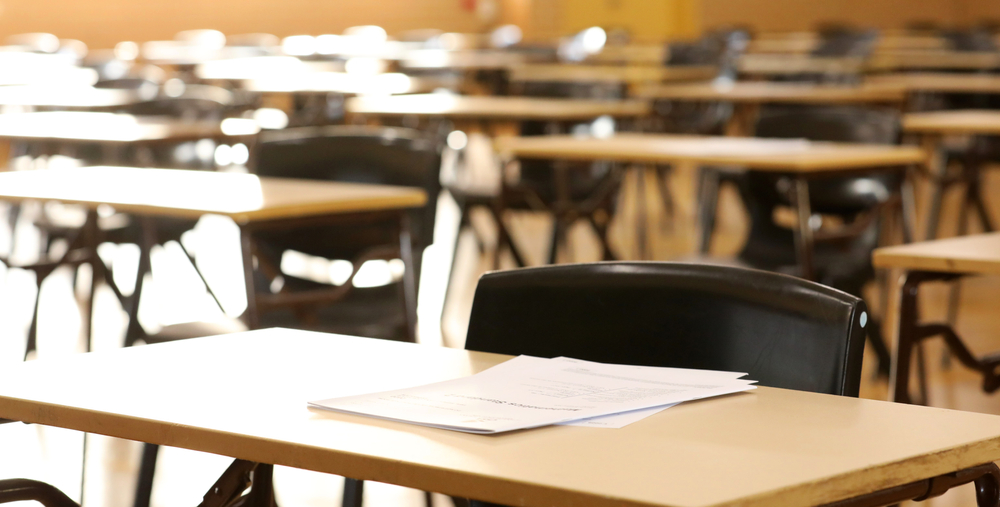
Why Should My Student Work with A Private Tutor?
Whether the student in your life is falling behind their peers academically or simply losing interest in their studies, working with a private tutor could help them pursue their educational goals. A private instructor allows your student to study in a one-on-one learning environment that revolves around their unique needs, helping them make the most out of every session. Here are four reasons why private instruction often proves beneficial:
1. Individualized Attention
When your student completes an assignment for their classroom teacher, they need to wait for the entire class’s work to be reviewed before receiving feedback on how they did. By the time they get their assignment back, the material is no longer at the forefront of their mind. Since they may no longer remember their thought processes while working on it, it could prove challenging to correct any mistakes in a meaningful way.
In contrast, a private instructor has fewer papers to review, allowing your student to receive feedback in a more timely fashion. A tutor can also take the time to go over every question with your student to help them do better next time, a luxury that the average classroom teacher cannot afford.
Private instruction also allows students to learn at their own pace. If they understand the Civil War era already, their study sessions can concentrate on something else to remain as productive as possible. If your student is having a hard time understanding the motivations of the title characters in Romeo and Juliet, their instructor can provide additional explanation until your student is ready to move onto something else.
2. Personalized Study Sessions
While classrooms generally need to follow set curricula, a private tutor can design study sessions around your student’s preferred learning style. If they are a visual learner, their instructor can incorporate visual aids into study sessions. Counting cubes might help a young student grasp the basics of arithmetic, while info-graphics can be a great way to illustrate time lines of events for social studies or the principle players in a novel.
If they are more of a kinesthetic individual who learns best by doing, their instructor can engage them with interactive activities to help them get a feel for the material. They might play a game based on solving math problems, or conduct an experiment at home to illustrate scientific principles.
If your student is an auditory learner, their instructor might use a discussion format to help important information stick. Verbal emphasis and oral repetition are an auditory learner’s best friends, especially for any subject requiring rote memorization.
3. A True Connection
Seeing a teacher for an hour each weekday for 10 months or so is not the best way to forge a meaningful relationship, especially since most students are only one of many in any particular classroom. Most students also change teachers at the beginning of each school year, so time is not on their side.
On the other hand, private instruction provides a more intimate setting where teacher and pupil can take the time to really get to know each other. If your student comes to trust their tutor, they may feel more comfortable asking for assistance before a misunderstanding escalates into a significant learning obstacle. Some shyer students also don’t want to admit that they need help in front of their peers, a problem that ceases to exist in a one-on-one study environment.
A private tutor can also use your student’s interests to make sessions more engaging. If your student has a hard time relating to word problems, their instructor might add the names of friends and family members to make them more interesting. A sports fan might use their favorite team’s statistics to make math more approachable, and reading is always more fun if you get some say in the material you work with.
4. Building Study Skills
While most classroom instructors are bound to a set curriculum within a limited time frame, a tutor offers the flexibility to teach valuable study skills that your student can use at all levels of education. For instance, taking notes as you read forces a more active engagement with the material, potentially improving a student’s retention. A private instructor can help your student quickly identify what’s worthy of jotting down to help them make the most of “active reading.”
Similarly, learning how to outline written assignments can make essays and research papers feel a little less intimidating. Not only does working from an outline make it easier for your student to include all of the supporting details they originally planned to, it also prevents them from staring at the page wondering what to say next. It may seem counter-intuitive to spend valuable time outlining, but it often helps students finish an assignment more quickly.
If your student is preparing for a specific standardized test, they can also review test-specific strategies with their private instructor. For example, there is no penalty for guessing on the ACT or SAT, so test-takers should do everything in their power to at least answer every question. Other exams may penalize students for answering incorrectly, so leaving it blank could be the right strategic decision in certain circumstances. If your student deals with text anxiety, their instructor may also demonstrate meditative techniques to help them calm their nerves and concentrate on the exam in front of them.
Conclusion
The classroom experience is important, but a private tutor can act as a valuable educational supplement to the instruction your student receives in school. Look into a private instructor today to help your student pursue their full academic potential!
About The Main Line Tutor
With over 30 years of experience tutoring high school and college students our tutors specialize in mathematics and general chemistry. Our founder, Dr. Chesloff, holds a Doctorate in Higher Science Education and has developed an education curriculum that engages the student and enhances their learning and thought process to help raise their scores and improve performance.
We offer nationwide tutoring via video teleconference in PSAT/SAT preparation (math, critical reading, writing), ACT test preparation (Get step by step instructions, mock tests and more so you know exactly what to expect with the real thing), chemistry (General Chemistry (including AP), Biochemistry, Organic Chemistry), algebra I/II, geometry, and trigonometry.
Our Mission is to target the specific needs of our students, college and high school, particularly in the area of standardized test preparation.
Our Tutoring allows for flexible hours 7 days a week nationwide via videoconference.

The Main Line Tutor
We Raise Score & Improve Performance
www.themainlinetutor.com
Tel: (610) 324-8359
e-mail: drchesloff@themainlinetutor.com

